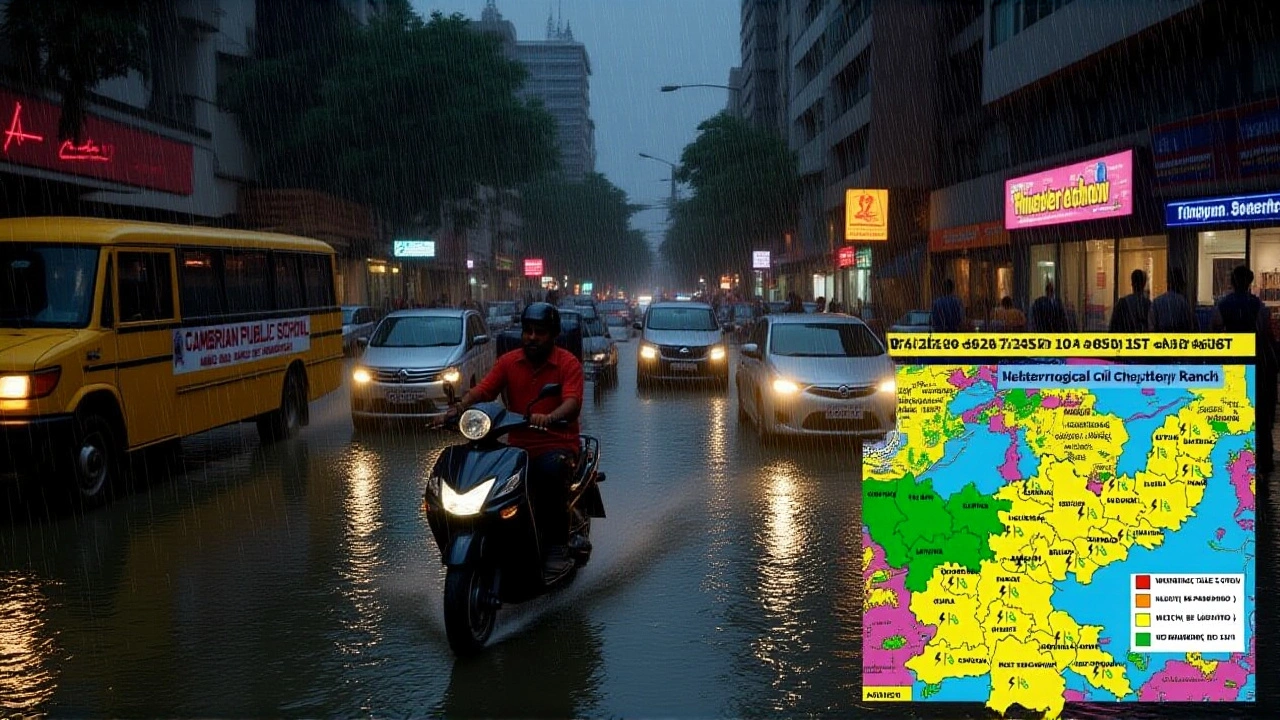Cyclonic Circulation: The Power Behind Storms and Everyday Life
When talking about Cyclonic Circulation, the rotating movement of air around a low‑pressure center that creates cyclones and tropical storms. Also known as cyclone rotation, it drives the most dramatic weather on Earth. Cyclone, a strong low‑pressure system with organized convection and high winds forms when warm ocean water fuels rising air. The spin itself comes from the Coriolis Effect, the deflection of moving air caused by Earth’s rotation, which forces air to curve instead of moving straight. Atmospheric Pressure, the weight of the air column above a point, determines how steep the pressure gradient is and how fast winds blow. Together these elements produce the swirling, energy‑rich systems we call tropical storms or hurricanes. Understanding this trio – cyclones, Coriolis force, and pressure gradients – is the first step to grasping why a single storm can reshuffle cricket schedules, delay flights, prompt court rulings, and dominate news cycles.
Why Understanding Cyclonic Circulation Matters
cyclonic circulation isn’t just a textbook term; it has real‑world ripple effects. In sports, a sudden low‑pressure surge can push dust and rain onto stadiums, turning a high‑stakes Asia Cup match into a weather‑delay drama, just like the Dubai thriller where spin bowlers had to adapt to a humid breeze. For airlines such as Air India, the same pressure systems dictate flight routes, fuel consumption, and even the timing of in‑flight services – pilots constantly check cyclone tracks to avoid turbulence and ensure passenger comfort. The legal arena feels the shake too: the Supreme Court of India has ruled on disaster‑relief funds and land‑use permits, often citing the predictability of cyclonic patterns as a factor in protecting vulnerable communities. Media outlets – from BBC News to local Indian channels – scramble to cover these events, balancing political headlines with climate updates, because a fast‑moving cyclone can become the day’s top story, influencing public opinion, approval ratings, and even city‑level love‑hate debates about safety and infrastructure. Each of these sectors watches the same atmospheric forces, interpreting data through their own lenses, which makes cyclonic circulation a unifying thread across very different news items.
Below you’ll find a curated set of articles that illustrate how cyclonic circulation touches everything from cricket scores and courtroom decisions to airline comfort and media trust. Whether you’re a fan wanting to know why a match got postponed, a traveler checking if your flight might be rerouted, a legal enthusiast tracking disaster‑law precedents, or simply curious about how storms shape the stories we read, this collection gives you the context you need. Dive in to see the practical side of the science and how it weaves through the headlines you follow every day.
 6 October 2025
6 October 2025
IMD Issues Orange & Yellow Alerts for 20 Jharkhand Districts Amid Cyclonic Threat
IMD issued orange alerts for five districts and yellow alerts for fifteen in Jharkhand as cyclonic moisture brings heavy rain, thunderstorms and possible lightning strikes.
Latest Posts
-

Pakistan Shaheens Edge Bangladesh A in Super Over to Win Third Asia Cup Rising Stars Title
-

Data firm puts PM Narendra Modi's net approval at high of 55%?
-

How is the Supreme Court of India selective in its opinion?
-

Can BBC News be trusted as far as Indian news is concerned?
-
What in-flight services are available in Air India flights?
0